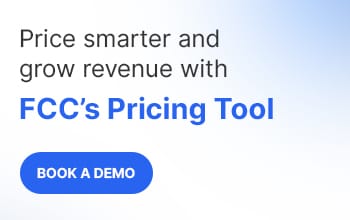FAQ
Dynamic pricing can be fair to customers when it is transparent, consistent, and based on legitimate market factors, but it may be viewed as unfair if it results in significant price differences for the same product without clear justification.
Retailers use dynamic pricing because it allows them to adjust prices in real time to reflect market conditions, competitor actions, and customer demand, helping them maintain profitability while offering competitive deals to attract buyers.
Dynamic pricing is not inherently price gouging, but it can cross into that territory if prices are raised excessively during emergencies or shortages in a way that exploits consumers, which is regulated or prohibited in many regions.
To take advantage of dynamic pricing, consumers can monitor price trends over time, use price tracking tools or alerts, shop during off-peak periods, and compare multiple sellers to identify the best moment to make a purchase.
More Blogs
See how retailers and brands are winning with FCC

Everything About Price Skimming Strategy Explained
Read More
What is a High-Low Pricing Strategy?
Read More
Ultimate Guide To Dynamic Pricing Strategy In 2026
Read More
Retail Pricing Strategies: Winning with Promotion Pricing in Competitive Markets
Read More
Ad Tags: Enhancing Ad Serving Efficiency in Large-Scale Campaigns
Read More




